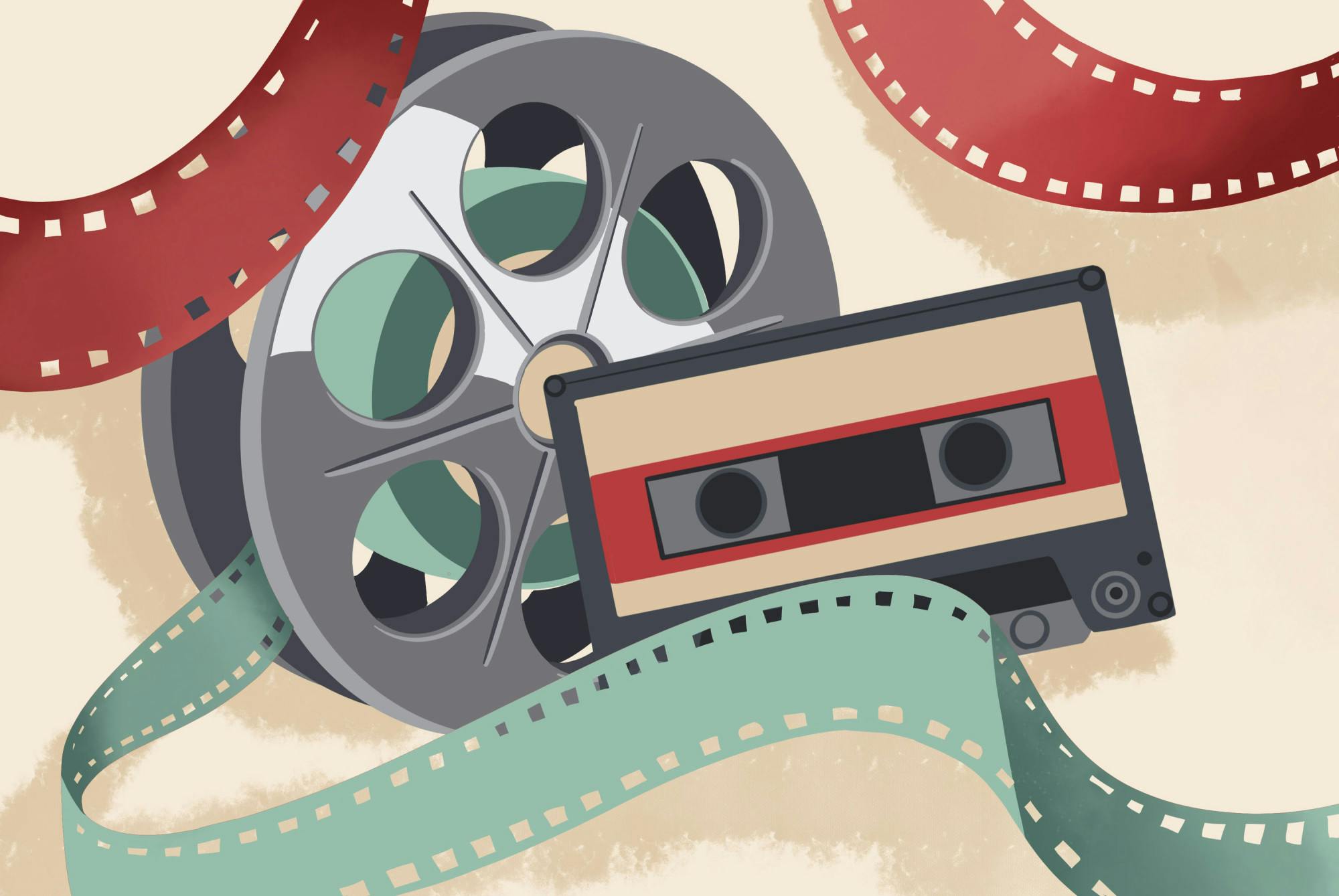This article is featured in the 2024 Winter Carnival special issue.
In the age of social media, TikTok and streaming platforms, it’s no wonder why hit songs from some of the most recent films like “Barbie,” “The Hunger Games: The Ballad of Songbirds and Snakes” and the newest “Mean Girls” film have gone viral among today’s college students. Even though modern technology has played an undeniable role in the virality of these soundtracks, today’s moviegoers might consider past film scores — such as the iconic “Star Wars” soundtrack or the legendary soundtrack from “Saturday Night Fever” — and wonder: What makes a film soundtrack “good?” Is it one that stands the test of time because of its cultural popularity? Or, is there something compelling about a lesser-known, yet musically complex, movie soundtrack?
To answer these questions, I surveyed Dartmouth film students about their most listened-to movie soundtracks and was surprised at the variety of answers I received. One student, Hadley Miller ’26, said some of her most listened-to soundtrack songs included “What Was I Made For?” by Billie Eilish from the “Barbie” movie, “Can’t Catch Me Now” by Olivia Rodrigo from the newest “Hunger Games” film and “Not My Fault” by Reneé Rapp and Megan the Stallion from the recently-released “Mean Girls” film. She also noted that she enjoyed listening to these songs with her friends instead of by herself.
“[It’s] more of a social thing because it’s pop culture, and that’s what the songs represent. Everyone knows the words,” Miller said.
Was it always this way? In an interview, film professor Paul Young mentioned that movie soundtracks used to become viral through radio broadcasts. Instead of going viral on social media, popular soundtracks of the 1970s and 1980s were connected to larger cultural music trends.
In one example, Young explained the rise in cultural popularity of the iconic orchestral theme “The Imperial March” by John Williams from the “Star Wars” films. Though it was first popularized in the films themselves, the piece also experienced a rise in cultural popularity when it became a part of another popular music trend of the time: disco. In the interview, Young recounted the story of a group called Meco that combined the Star Wars orchestral theme “The Imperial March” with 70s disco beats and the famous “Cantina Band” orchestral piece. The mashup, called “Star Wars and Other Galactic Funk,” went viral.
“It was [extremely] kitschy — It was ridiculous in its way,” Young said. “But it did mingle the [‘Star Wars’] theme with something that was already popular … and allowed it to maybe even make the movie bigger because it spread out the audience that might be interested in [the movie]. Everybody was talking about ‘Star Wars’ and disco, even people who hadn’t been before.”
In other instances, a successful film can cause a resurgence in fizzled-out songs by including them on its soundtrack. Young mentions how the incorporation of the song “Stuck in the Middle with You” by Stealers Wheel into the soundtrack of Quentin Tarantino’s “Reservoir Dogs” during a particularly violent torture scene caused an increase in the song’s cultural popularity.
“[‘Reservoir Dogs’] was kind of a hipster sensation for a while, as ugly and bloody as it was,” he said. “But it also gave the song a completely new life … You don’t need the internet for a catchphrase or song to go viral.”
Today’s viral soundtracks gain prominence in a similar way but through a new technology: social media. The virality of modern songs, according to Miller, has led to the creation of digital communities that can connect online through their shared love of soundtracks. Miller noted that Eilish’s song “What Was I Made For?” had already been released in advance of “Barbie,” allowing the song to gain popularity online. In this way, it served as a marketing tool for the film’s release.
But the temporary buzz that marketable music videos receive from audiences doesn’t necessarily make a movie soundtrack “good,” according to some Dartmouth students. The inclusion of attention-grabbing, viral songs in a film can actually have the effect of distracting audiences from the film’s plot, contrary to a soundtrack’s primary purpose, according to film student Chase Harvey ’25.
“A great movie soundtrack [is one] you don’t recognize,” Harvey said.
After taking MUS 30.02, “Film Scoring,” Harvey said he learned about how filmmakers can incorporate a film score into a movie to synergize with the plot. Harvey described how employing an already-popular soundtrack doesn’t always give the soundtrack a recognizable presence separate from the film.
Harvey’s view could explain why some Dartmouth students are not particularly drawn to catchy, viral soundtracks over well-composed instrumentals. Kat Stimson ’21 mentioned that some of her favorite soundtracks to listen to include instrumental pieces by Joe Hisaishi, the legendary musician whose music appears in many Hayao Miyazaki films like “The Boy and the Heron” and “Spirited Away.”
Similarly, Harvey claimed that some of his most listened-to soundtracks are from indie or horror films, such as the soundtrack from the 2019 horror film “Saint Maud.”
“I [listen to it] when I want to feel inspired musically,” Harvey said.
Multiple factors can contribute to someone’s favorite soundtrack — whether it be the soundtrack’s musical elements, its virality or the social setting in which the soundtrack is played. Regardless of personal preferences, it is interesting to consider whether our culture perceives “good” movie soundtracks based on their popularity or inherent musicality.




